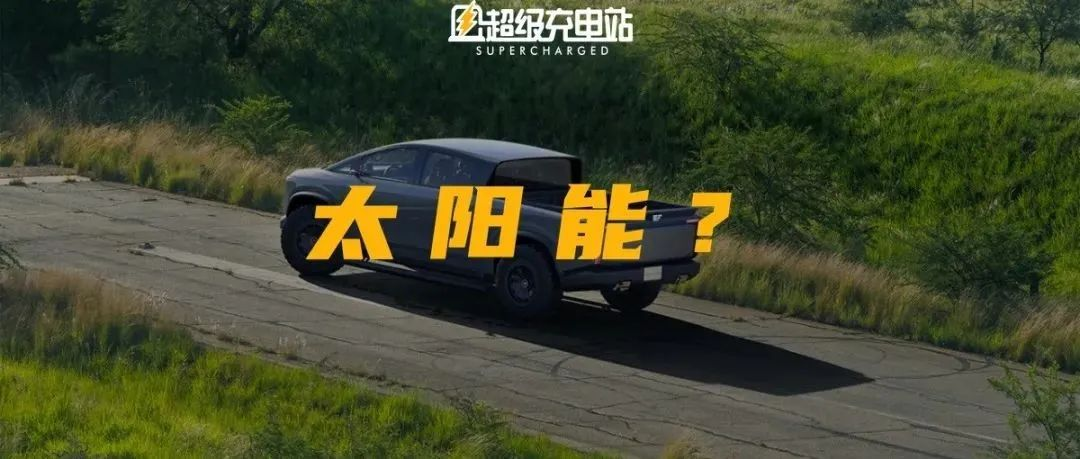According to my knowledge, after Cybertruck, many car manufacturers are secretly developing pure electric pickup trucks, including many Chinese brands that you can hardly think of.
The most high-minded reason is undoubtedly that the best-selling vehicle model in the United States is pickup trucks, and developing this type of vehicle means having the opportunity to seize a huge automotive market.
But another cannot be said aspect is that pickup trucks are large in size and can easily achieve high performance parameters through configuration, in addition to meeting some strange design needs of designers.
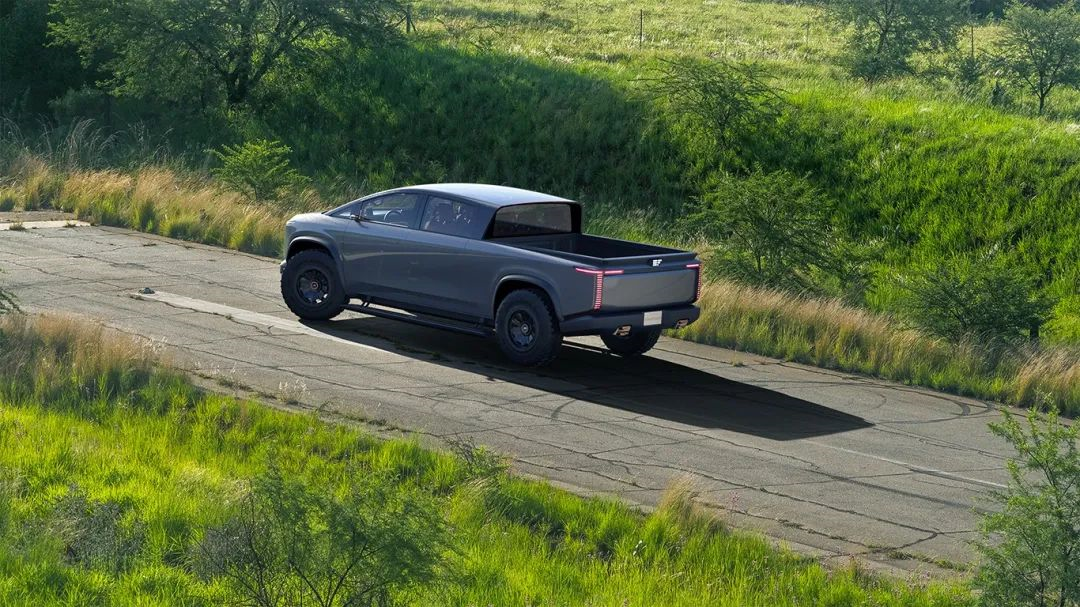
Just a few months ago, a friend who liked Cybertruck sent me a CG rendering video and asked me what kind of pickup truck it was. “It looks even more powerful than Cybertruck.”
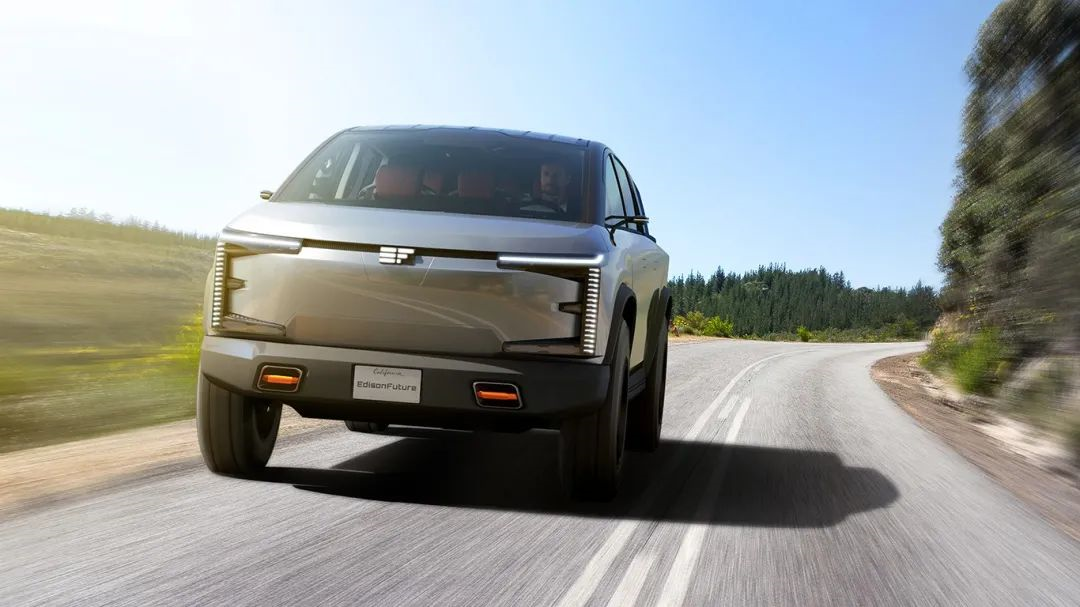
After searching around, I found out that it was a product of an unknown company, and there was no news about it. I replied, “It’s just a concept car, and it’s highly unlikely to be put into production.”
As a matter of fact, my skepticism was soon proved wrong. Not only did spy photos of engineering vehicles appear on the internet shortly after, but the car will also debut at the Los Angeles Auto Show on November 19th.

This brand is called Edison Future, which translates as “Edison’s Future.” Since Tesla, new forces overseas have been trying to use the name of a famous scientist/inventor as their brand name. And as for “future,” doesn’t it remind you of the movie “Back to the Future”?
The name alone has already taken the essence of Musk and Jia Yueting. And the car is just like that too.
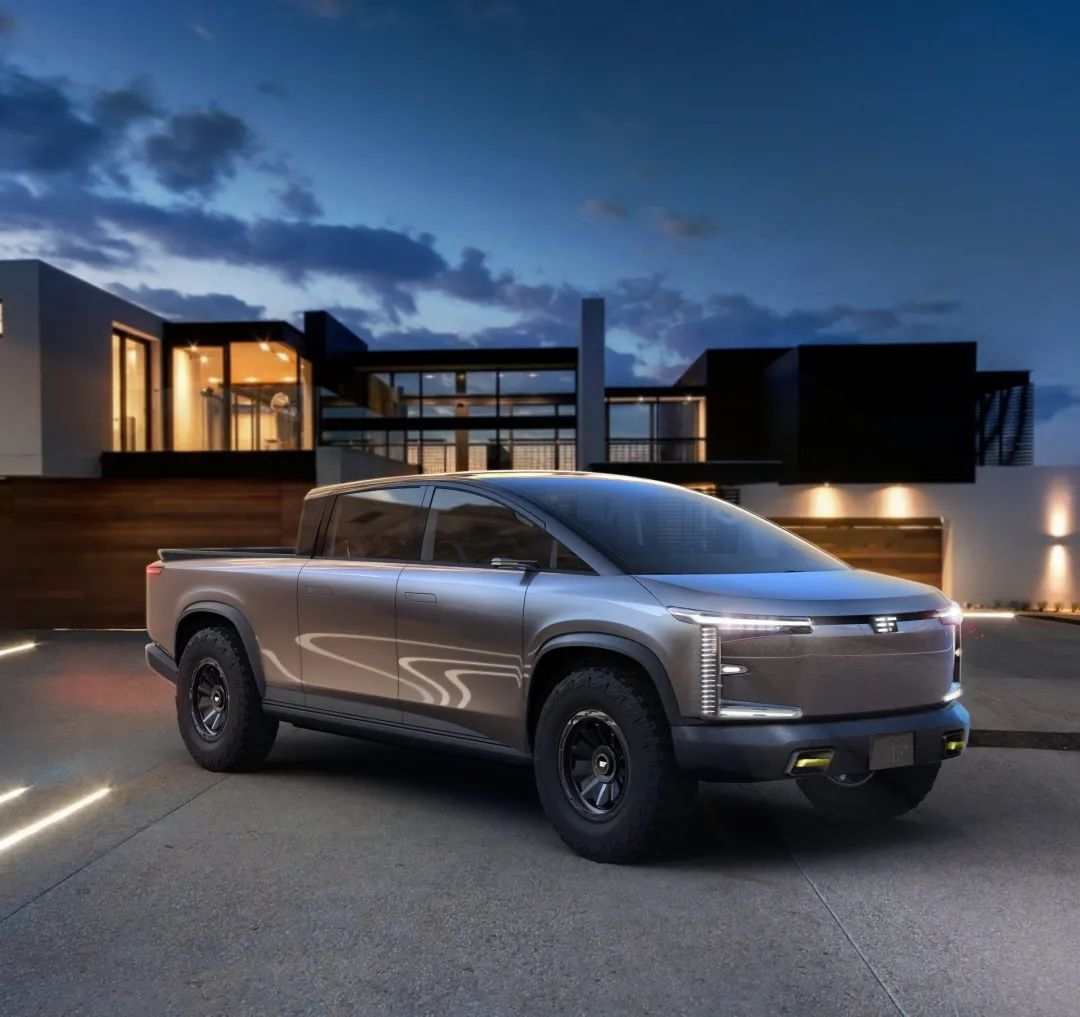
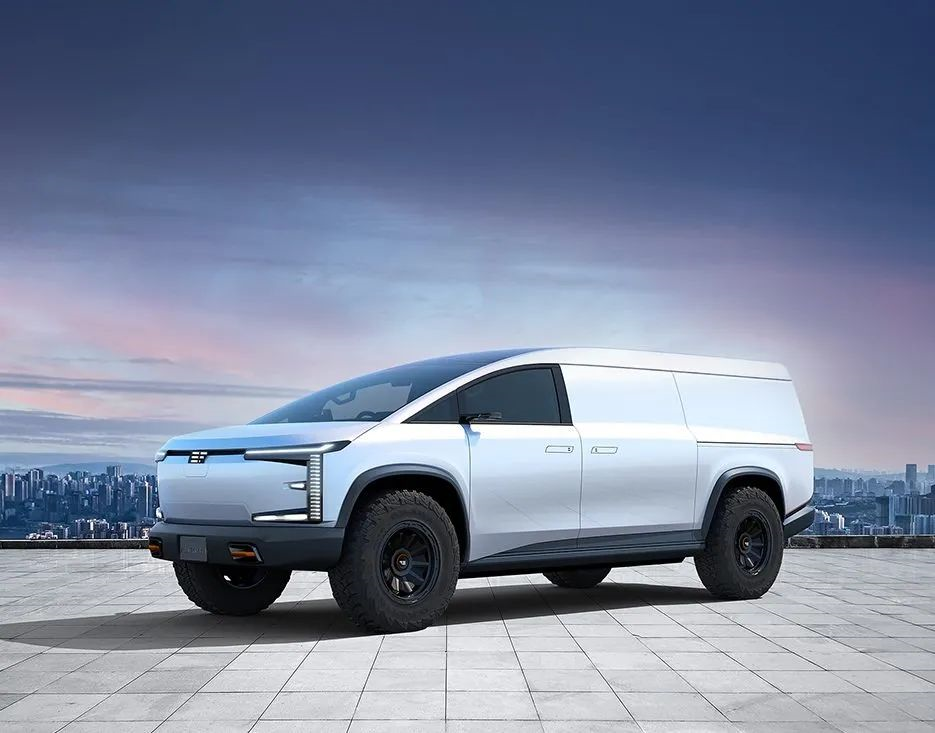
Currently, when you visit the Edison Future website, you can see that they have two car models: EF1-T and EF1-V. Their naming rules are similar to Rivian’s convention – the first letter of the name represents the abbreviation of the vehicle model, “T” stands for Truck, and “V” stands for Van, but both vehicles share the same chassis platform.
EF1-T is a futuristic-looking pickup truck with a design that favors straight lines and angles, including a straight waistline and angular front and rear lights that exude masculinity.
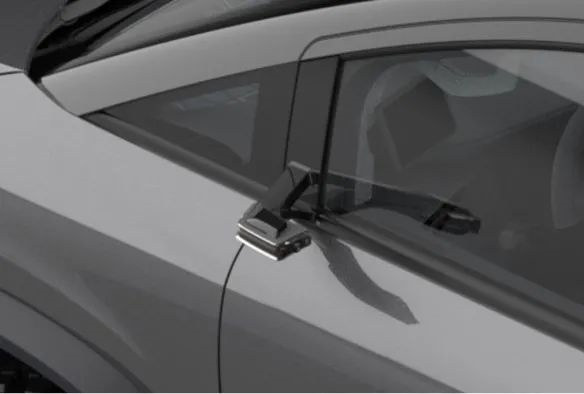
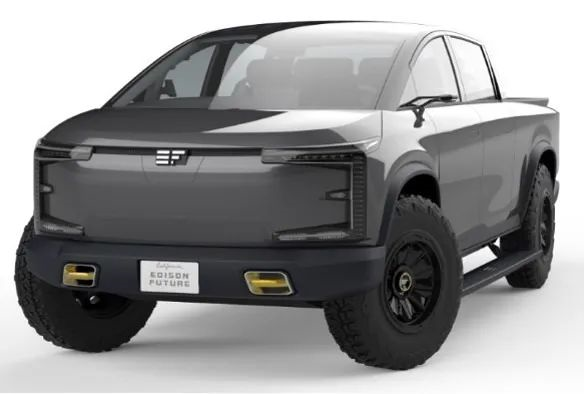
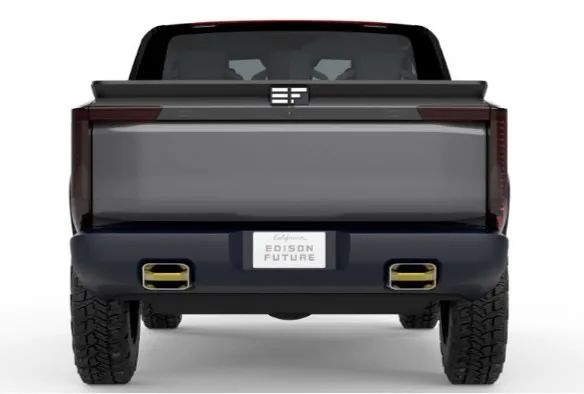
The exterior also incorporates a number of electric elements, such as camera-style rearview mirrors and electric footboards on both sides, as well as a hidden rear-view camera that can be raised and lowered.

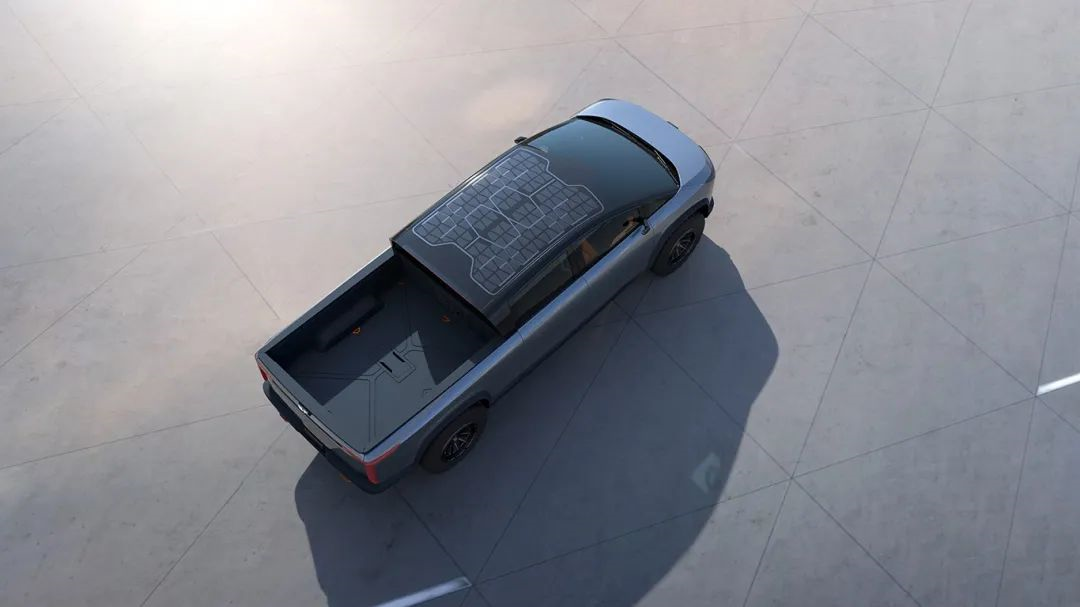
For a pickup truck, the most important feature is the cargo box. In addition to multiple interior anchor points for convenient storage, the most attractive feature of the EF1-T is the foldable solar modules that can be placed on top of the cargo box.
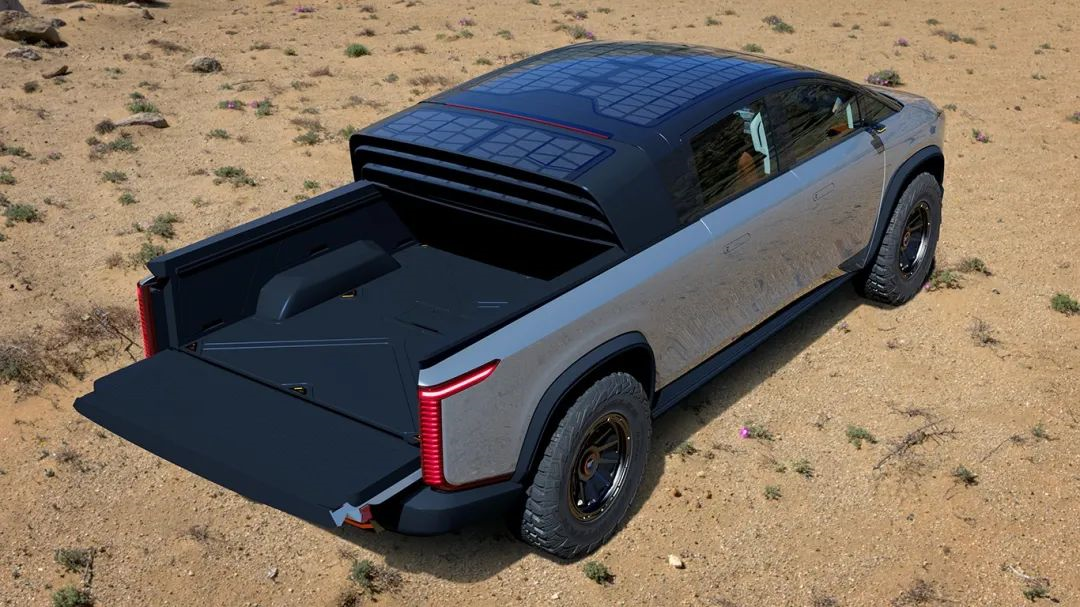
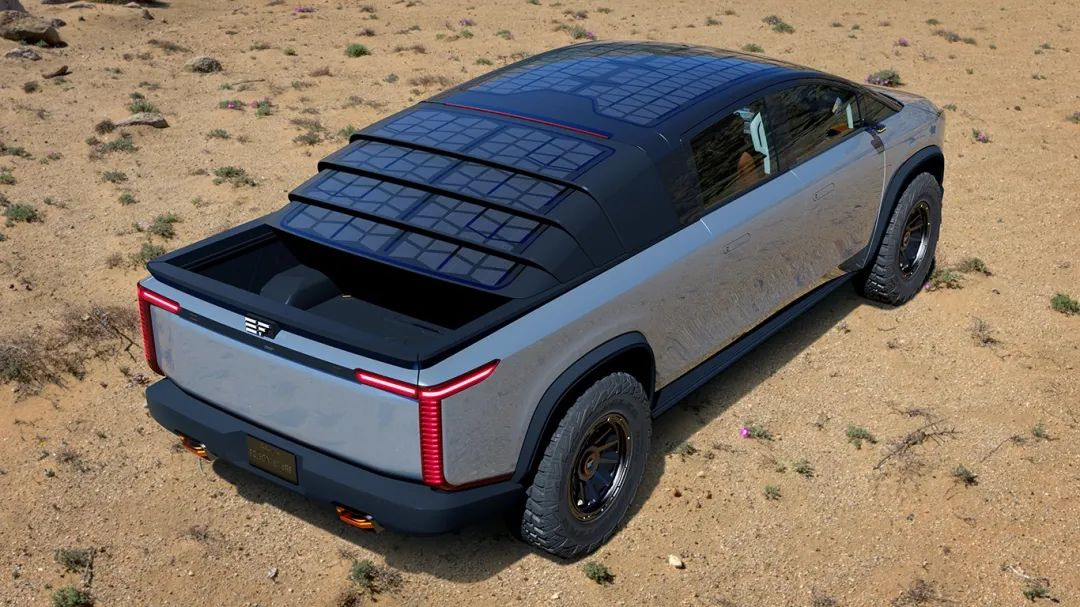
Although the amount of energy generated by the solar panels on a vehicle of this size may not be sufficient to power the vehicle or provide enough range, it is sufficient to power the air conditioning and other operations inside the vehicle, making it highly practical for outdoor scenarios.
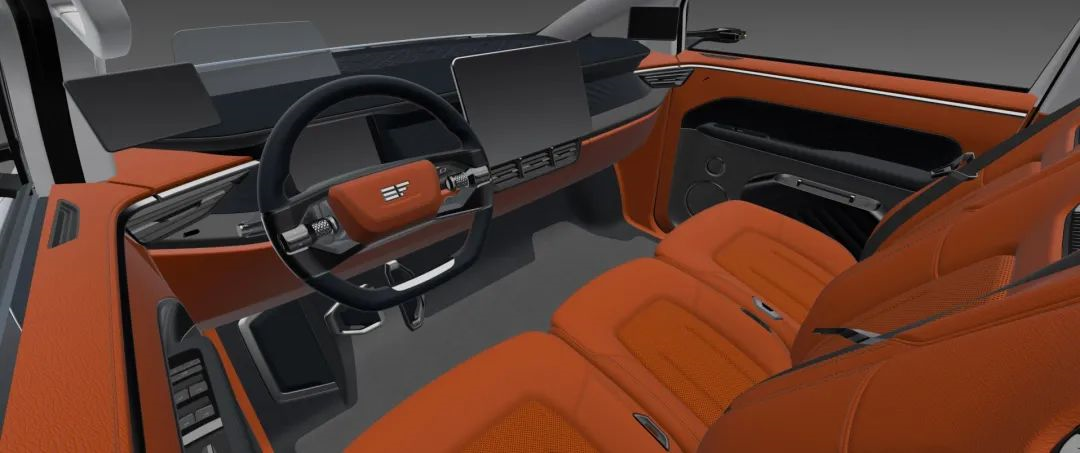
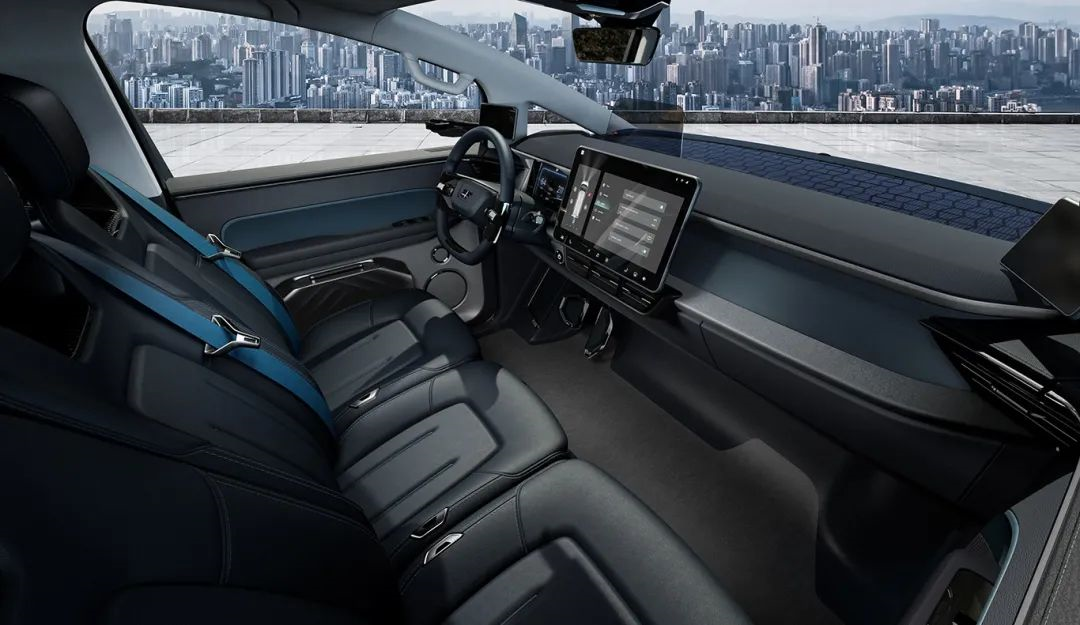
The central area of the vehicle’s interior is dominated by a horizontal 17.5-inch display screen. To meet the multifunctional nature of the pickup truck, the interior also features large areas of daylighting facilities and multifunctional interior templates.
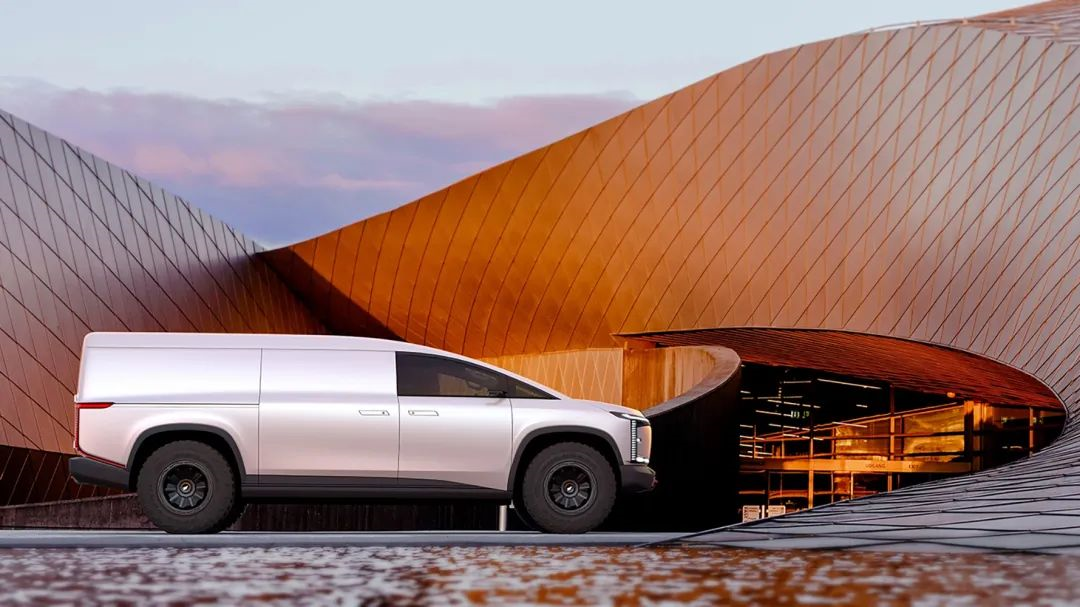
Meanwhile, the EF1-V is the corresponding van version that provides enclosed and organized storage capacity. The EF1-V not only continues the large area solar panel design of the EF1-T, but also uses the popular sliding door design in current MPVs.

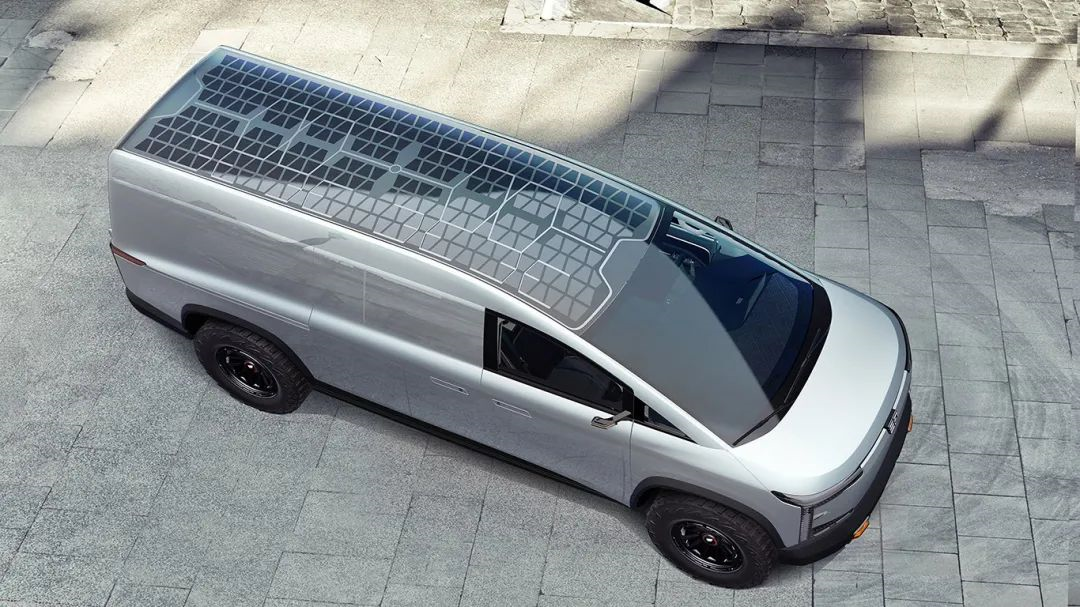
In addition, Edison Future has not revealed information regarding battery pack, range, climbing ability, etc.
In terms of model design, depending on the power variation, the EF1-T has a total of three types: the standard version, the high-end version EF1-TP, and the super version EF1-TS, with corresponding 0-100 km/h acceleration ranges of 6.5, 4.5, and 3.9 seconds respectively. The standard version has a single motor, while the two high-end versions have dual motors.
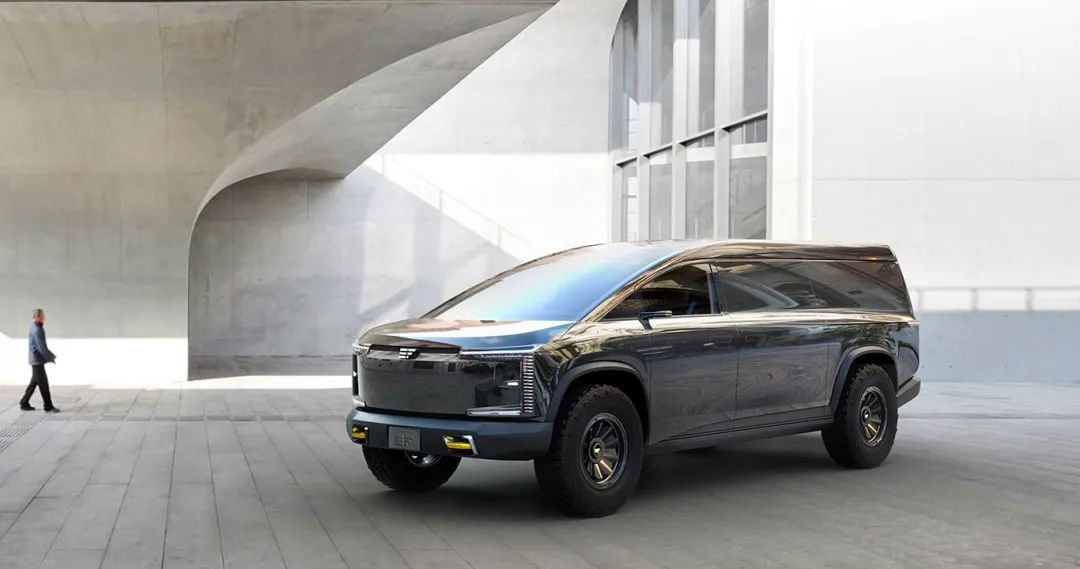
The EF1-V mainly emphasizes range, and is divided into EF1-V standard version and EF1-TL long-range version. However, the strange thing is that the long-range version is surprisingly a dual-motor version. Based on my knowledge of the terrifying power consumption level of this type of car, if the dual-motor version has longer range, either an unprecedentedly large battery has been installed, or the model nomenclature is incorrect.

Finally, an Easter egg. SPI Energy, the parent company behind Edison Future, is a Chinese-backed renewable energy company. Under the wave of electrification, can this group of Chinese new forces stir up disruption in the core of the American market?
Maybe we should ask Mr. Jia.
This article is a translation by ChatGPT of a Chinese report from 42HOW. If you have any questions about it, please email bd@42how.com.
